English version
Hello community of travellers, a few days ago I was as usual walking through the streets of Havana and I had not stopped to learn about the history of one of the busiest parks in the capital, well known by all as a reference point, since it is located in the heart of the city and where many of the main metropolitan bus routes run. It is incredible to know that the place it occupies today was a swampy terrain with mangrove vegetation. This park was founded in 1892 in commemoration of the 400th anniversary of the Spanish landing in America. In its beginnings it was known as Campo de Marte, but it is said that after the powerful hurricane of 1926 this park was remodelled and reopened two years later. Since then it has been a meeting place for locals and foreigners alike.
This site constitutes an esplanade that calls the attention for its exuberant grove, where leafy species predominate, with robust trunks as is the case of the ceiba tree that is found in its centre, which in Cuba has religious connotations inherited from the African cultures introduced in the island with the Spanish colonisation. The royal palm, Cuba's national tree, also stands out.
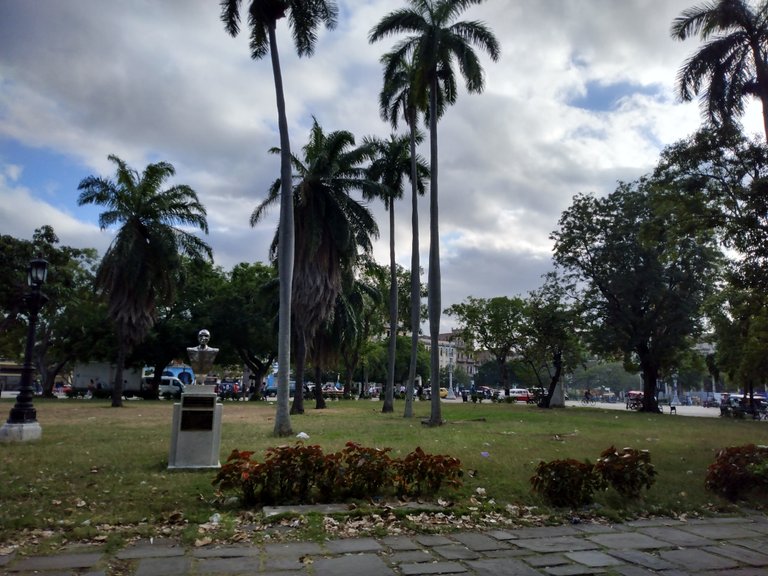
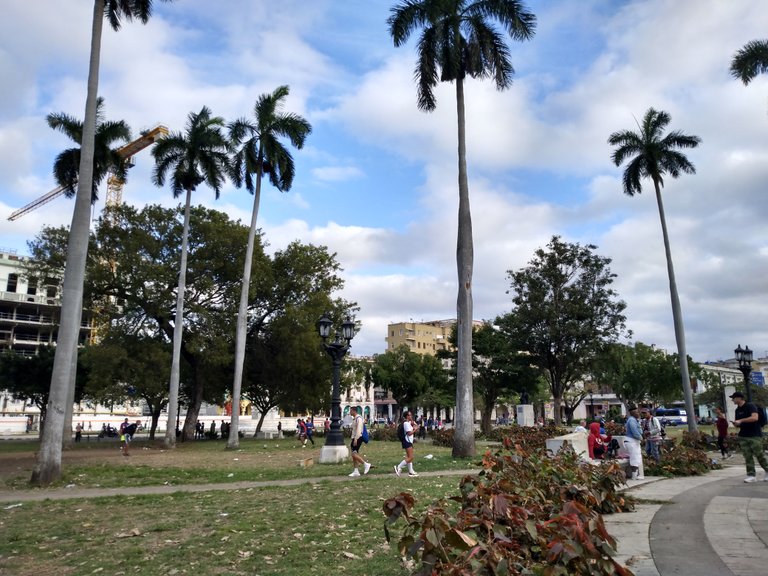
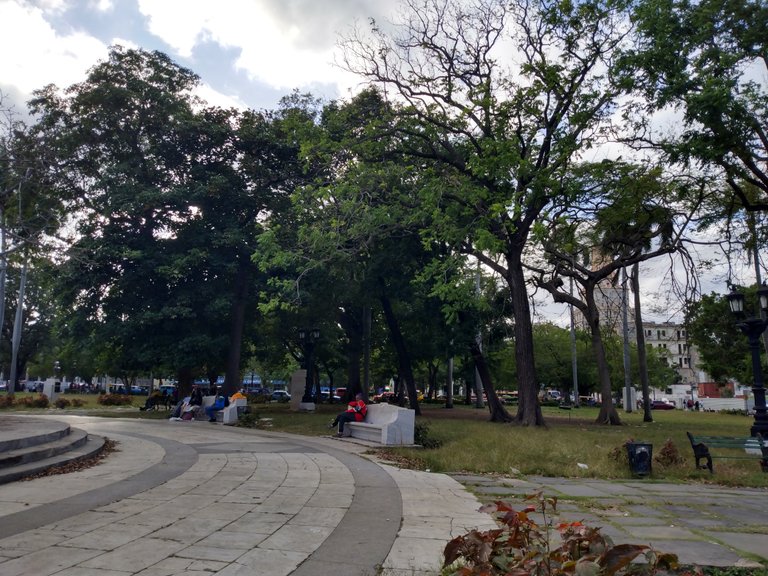
The ceiba tree located in the centre of the park, full of mysticism. Many of the faithful come in to spin it and throw coins at it with the idea of obtaining a wish. That day it was devoid of its leafy foliage as we are currently in the winter season.

Here we find several busts cast in bronze, honouring various personalities of art, literature and the struggle for independence in America.
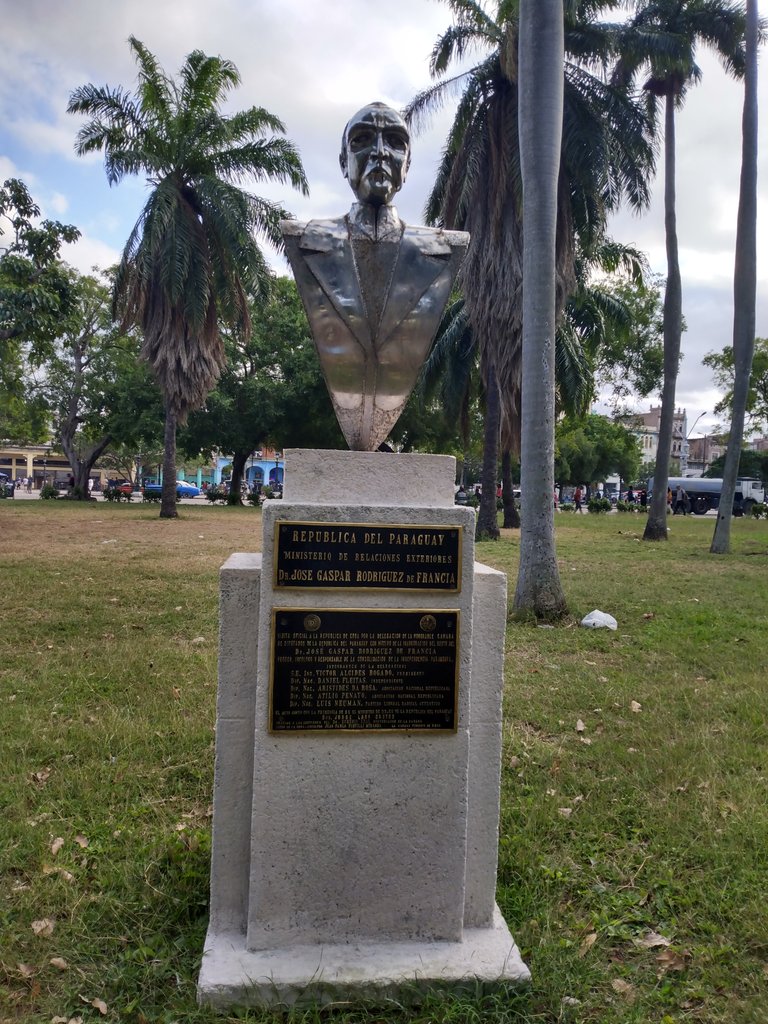
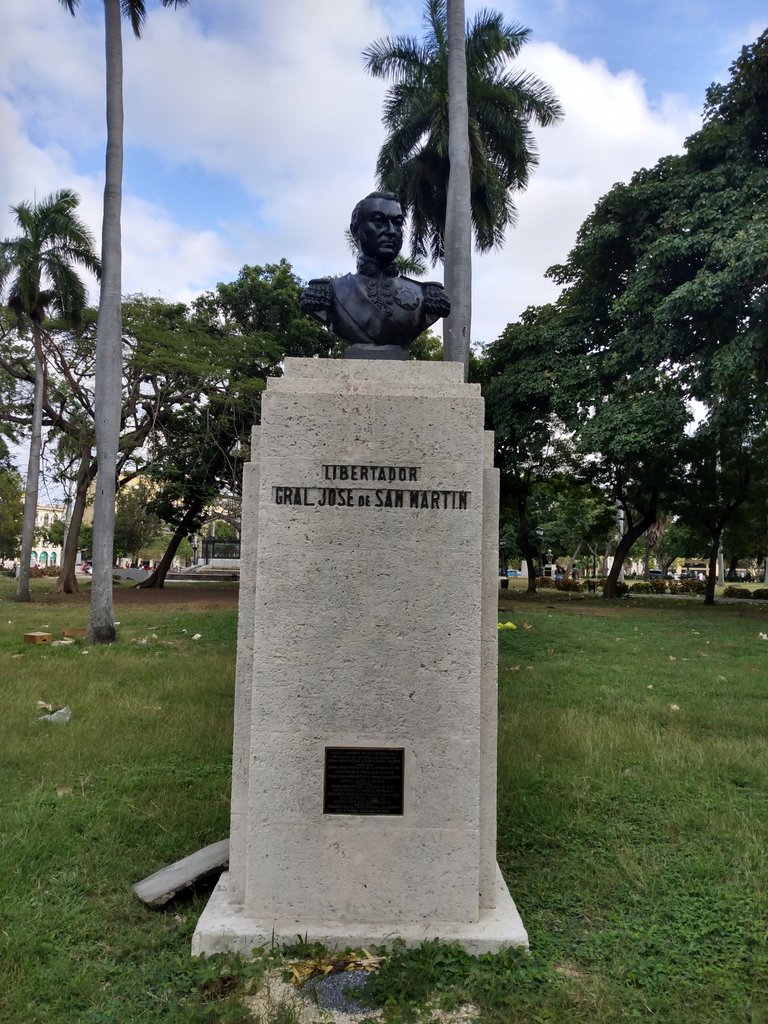
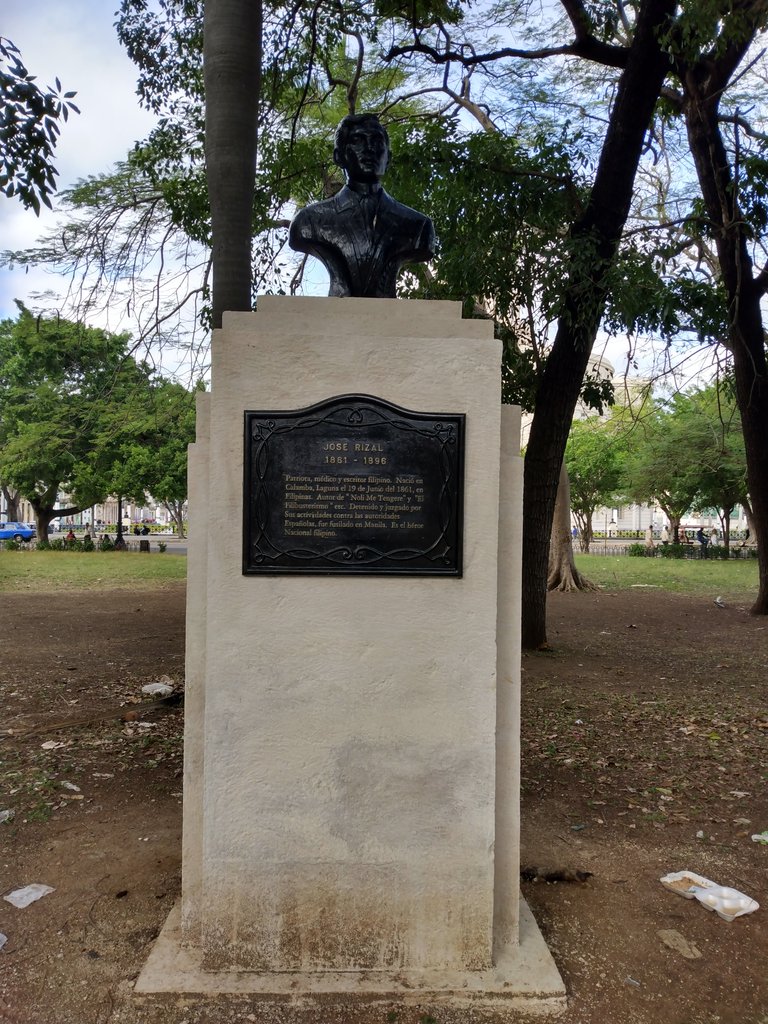
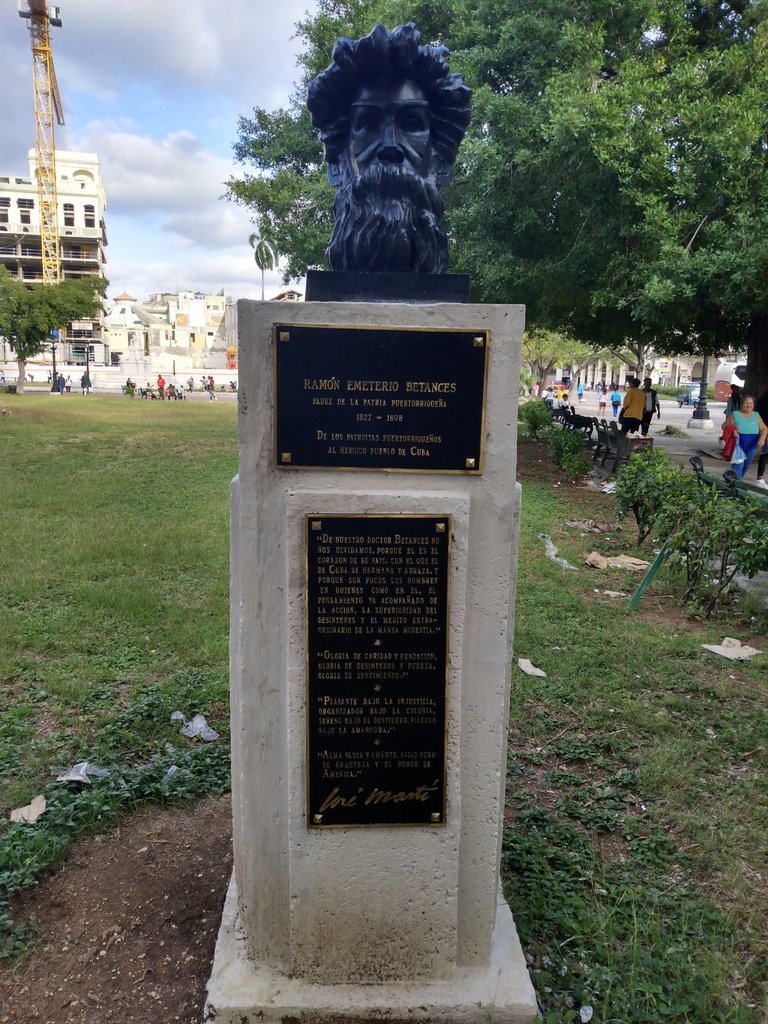

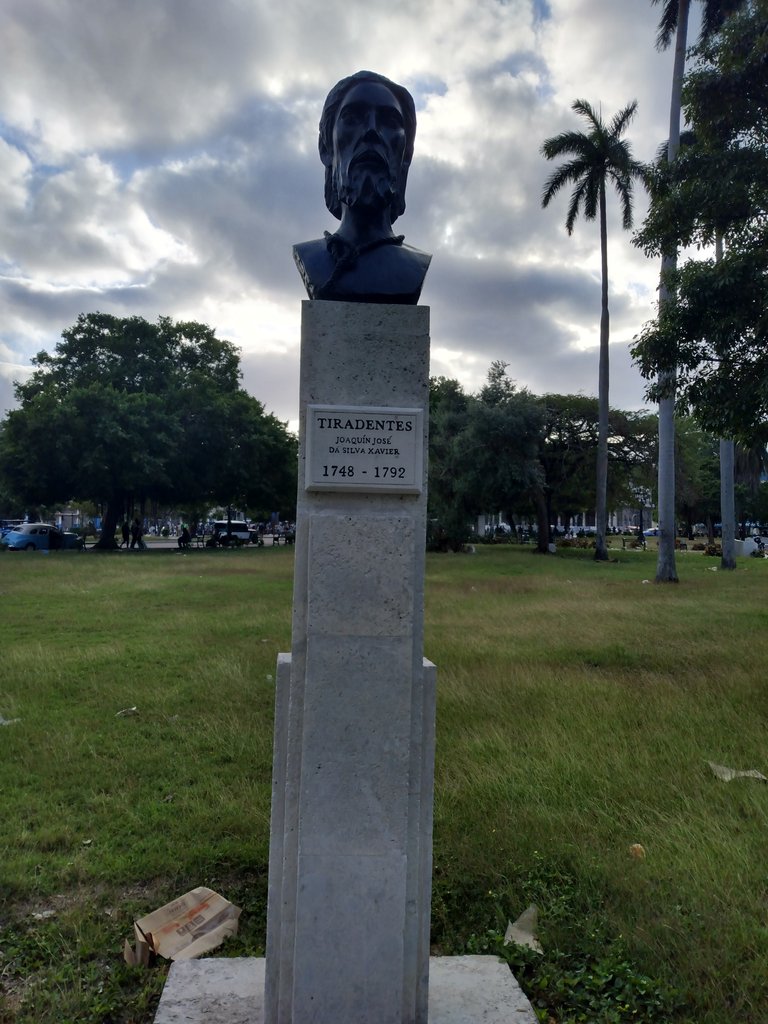
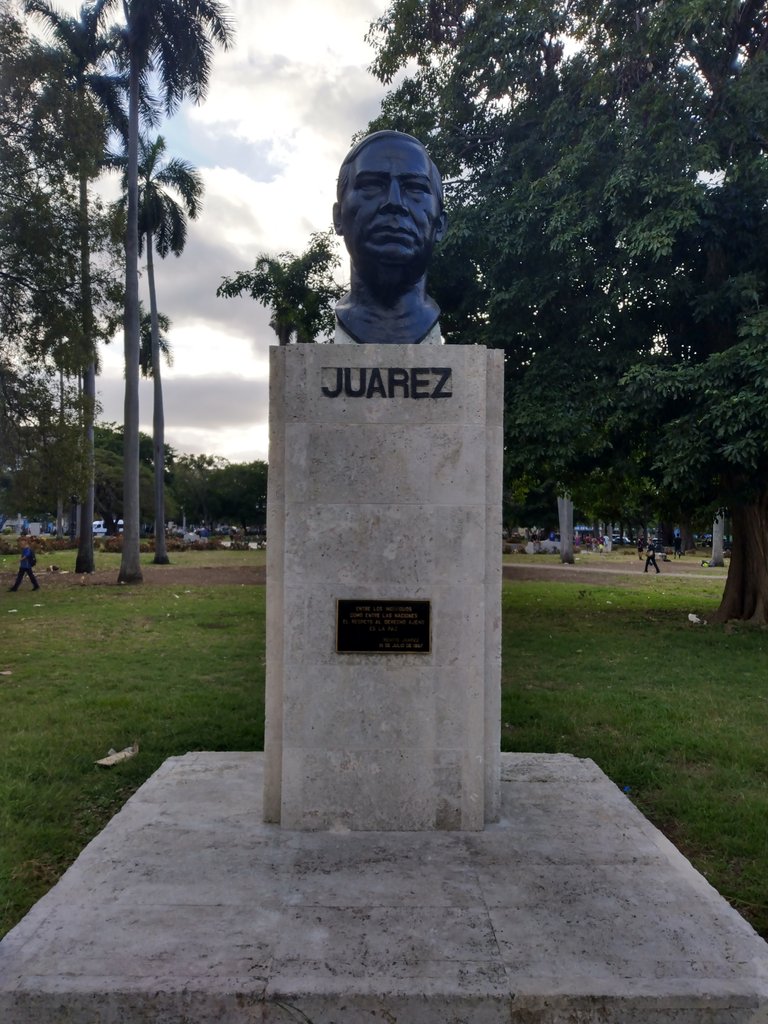
In the surrounding area there are buildings and other architectural elements that stand out for their constructive style, such as: The entrance arch to Chinatown, the ETECSA building, Moure Building, the capitol and The Old building of the Diario de la Marina.
Chinatown Gateway Arch
Located to the west of the park, it is a structure that contrasts with the surrounding buildings in its architectural style. It is also known as Puerta de la Amistad (Gate of Friendship) or Puerta de los Dragones (Gate of the Dragons). In the past it was the entrance to Havana's Chinatown, which came to be considered the second most important in the world.
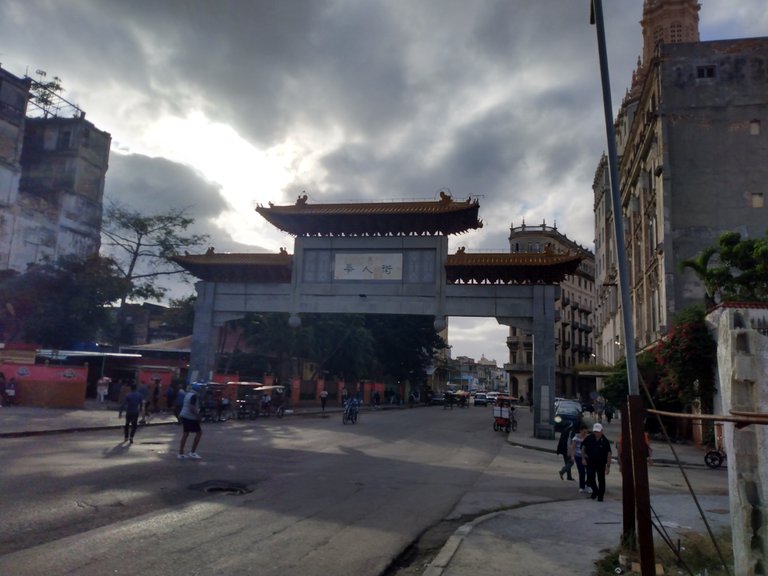
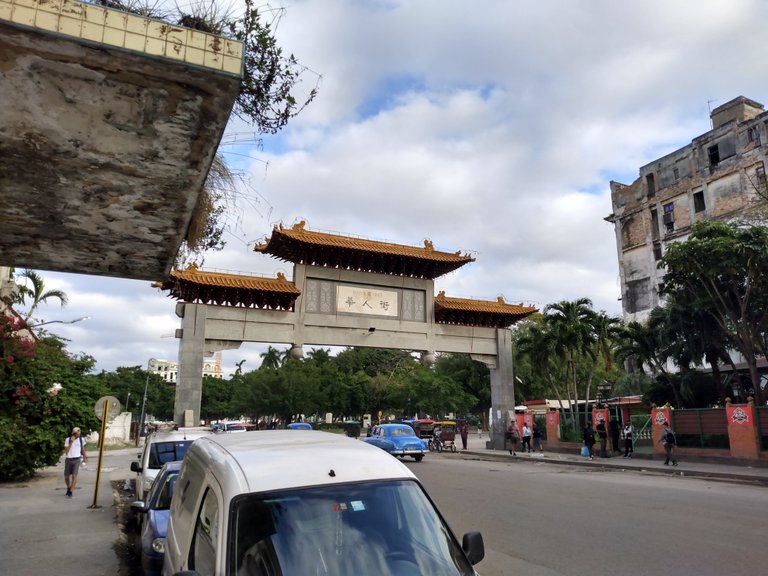
ETECSA Building
Founded in 1927, and with a height of 62 m, this slender building is located between Águila and Dragones streets. In its beginnings it was the place where the Cuban Telephone Company was located, nowadays it is the Museum of Telecommunications of Cuba, besides being the main office of ETECSA (Telephone Company of Cuba).
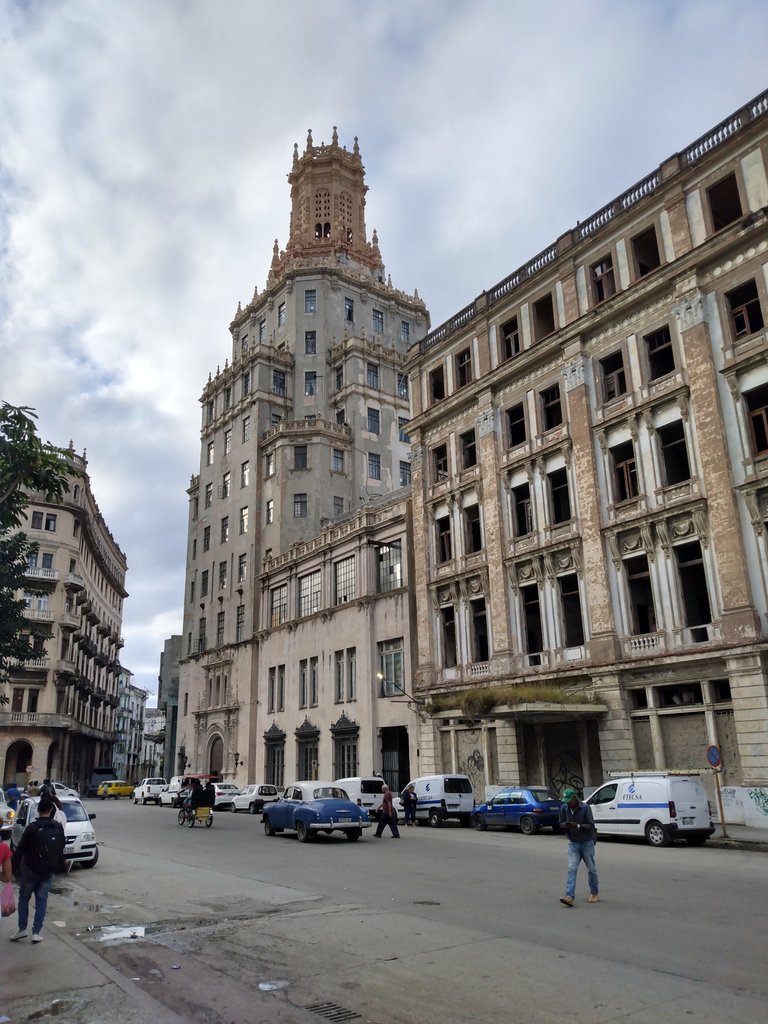
Moure Building
In the background of the photograph below is a tall building on the corner of Dragones and Zanja streets. It is the Moure Building, also known as the Singer Building, since in the 1940s it was the main branch of the American Sewing Machine Company. The name refers to the surname of its owner, Mr. Cipriano Moure. Its particular architectural design resembles some American buildings of the 1930s, which took full advantage of the possibilities of the corners.
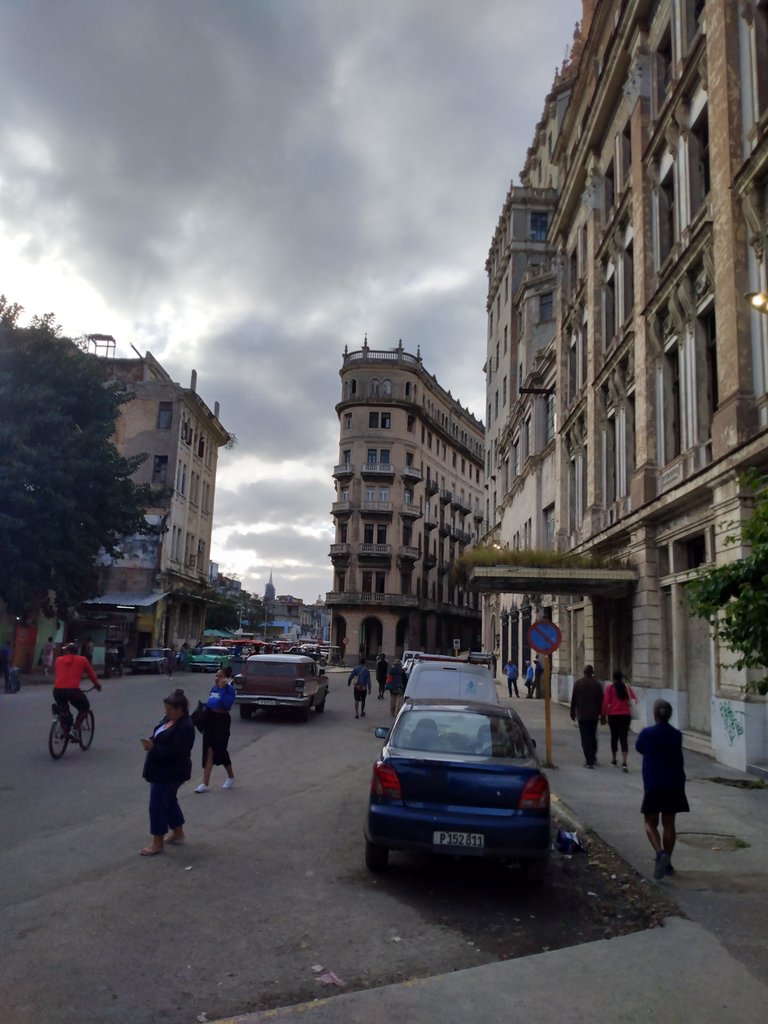
Other buildings that stand out are the Capitol, seat of the Cuban Parliament and the Council of State, as well as the old building of the Diario de la Marina, located just across from the Capitol, which published the Diario de La Marina, a conservative newspaper where the news of Cuba was published between 1844 and 1960.
The Capitol
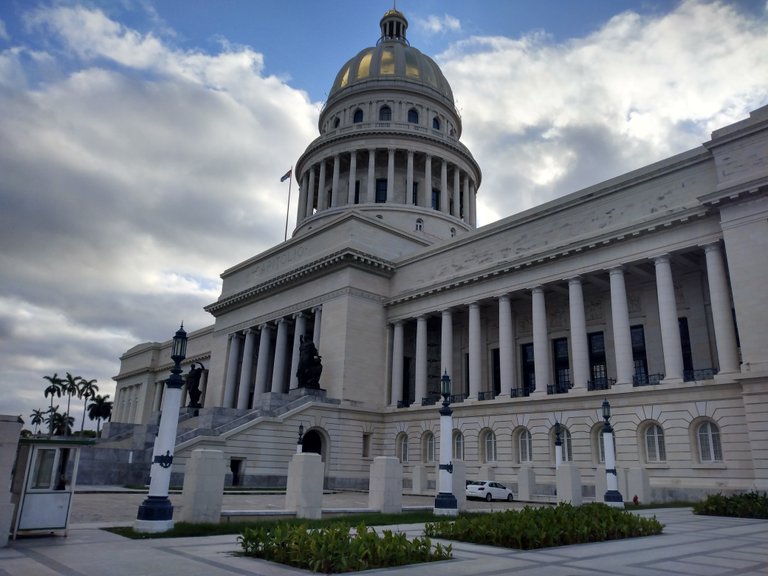
The Old building of the Diario de la Marina
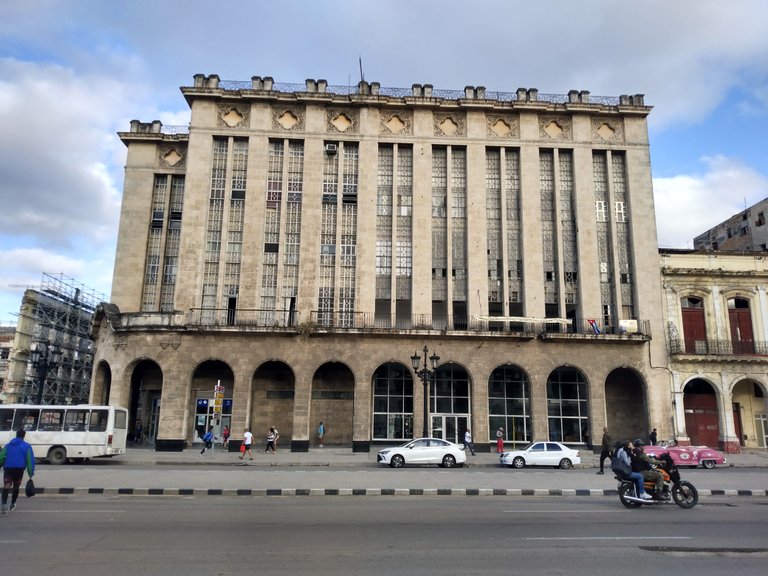
So much for our tour of another of the emblematic sites of the always surprising Havana. Best regards and see you on the next tour.
All photos are mine, taken with my Moto g play (2021) mobile phone.
Translated at DeepL.
Versión en español
Hola comunidad de viajeros, hace unos días estuve como de costumbre caminando por las calles de La Habana y no me había detenido en conocer la historia de uno de los parques más transitados en la capital muy conocida por todos como punto de referencia, ya que se ubica en el mismo corazón de la ciudad y donde concurren muchas de las principales rutas de ómnibus metropolitanos. Es increíble saber que el lugar que hoy ocupa eran un terreno cenagoso con vegetación de manglares. Este parque fue fundado en 1892 en conmemoración a los 400 años del desembarco español en América. En sus inicios era conocido como Campo de Marte, cuentan que tras el paso del poderoso huracán de 1926 este parque fue remodelado, reinaugurándose dos años más tarde. Desde entonces ha sido un sitio de encuentro tanto para lugareños como foráneos.
Este sitio constituye una explanada que llama la atención por su exuberante arboleda, donde predominan especies frondosas, de troncos robustos como es el caso de la ceiba que se encuentra en su centro, la cual en Cuba tiene connotaciones religiosas heredadas de las culturas africanas introducidas en la isla con la colonización española. También destaca la palma real, árbol nacional de Cuba.
La ceiba ubicada en el centro del parque, llena de misticismo. Donde muchos fieles entran a darle varias vueltas y arrojar monedas con la idea de obtener un deseo. Ese día estaba desprovista de su follaje frondoso ya que actualmente estamos en la etapa invernal.
Acá encontramos varios bustos fundidos en bronce, que honorifican varias personalidades del arte, la literatura y la lucha independentista en América.
En los alrededores hay edificios y otros elementos arquitectónicos que destacan por su estilo constructivo, como: El arco de entrada al Barrio Chino, el edificio de ETECSA, el Edificio Moure, el capitolio y El Antiguo edificio del Diario de la Marina.
Arco de entrada a Chinatown
Situado al oeste del parque, es una estructura que contrasta con los edificios circundantes por su estilo arquitectónico. También se la conoce como Puerta de la Amistad o Puerta de los Dragones. Antiguamente era la entrada al Barrio Chino de La Habana, que llegó a ser considerado el segundo más importante del mundo.
Edificio ETECSA
Fundado en 1927, y con una altura de 62 m, este esbelto edificio está situado entre las calles Águila y Dragones. En sus inicios fue el lugar donde se ubicaba la Compañía Telefónica de Cuba, actualmente es el Museo de las Telecomunicaciones de Cuba, además de ser la sede principal de ETECSA (Empresa Telefónica de Cuba).
Edificio Moure
En el fondo de la fotografía inferior aparece un alto edificio en la esquina de las calles Dragones y Zanja. Se trata del Edificio Moure, también conocido como Edificio Singer, ya que en los años 40 fue la sede principal de la American Sewing Machine Company. El nombre hace referencia al apellido de su propietario, D. Cipriano Moure. Su particular diseño arquitectónico recuerda a algunos edificios americanos de los años 30, que aprovechaban al máximo las posibilidades de las esquinas.
Otros edificios que destacan son el Capitolio, sede del Parlamento cubano y del Consejo de Estado, así como el antiguo edificio del Diario de la Marina, situado justo enfrente del Capitolio, donde se editaba el Diario de La Marina, periódico conservador donde se publicaban las noticias de Cuba entre 1844 y 1960.
El Capitolio
El antiguo edificio del Diario de la Marina
Hasta aquí nuestro recorrido por otro de los lugares emblemáticos de la siempre sorprendente Habana. Un saludo y nos vemos en el próximo tour.
Todas las fotos son mías, tomadas con mi teléfono móvil Moto g play (2021).
Traducidas en DeepL.
You can check out this post and your own profile on the map. Be part of the Worldmappin Community and join our Discord Channel to get in touch with other travelers, ask questions or just be updated on our latest features.
Thanks for curation
The beauty of a very beautiful friend, I am very entertained to see it ❤️
Saludos amigo me gustó mucho tu publicación, cómo siempre. Un abrazo 🤗
Muchas gracias Mercy. Saludos
Hiya, @ybanezkim26 here, just swinging by to let you know that this post made it into our Honorable Mentions in Travel Digest #2436.
Your post has been manually curated by the @worldmappin team. If you like what we're doing, please drop by to check out all the rest of today's great posts and consider supporting other authors like yourself and us so we can keep the project going!
Become part of our travel community:
Thanks Worldmappin time!
You are very welcome @reneyasmany! it was well deserved. ☀️
Keep up the great work 💪